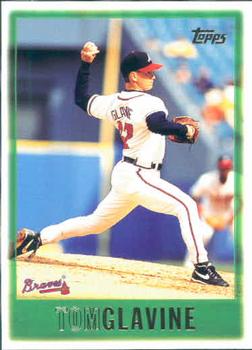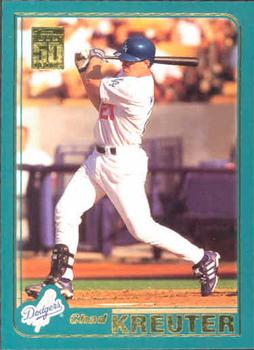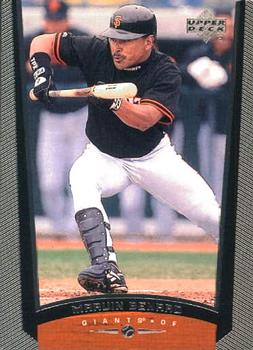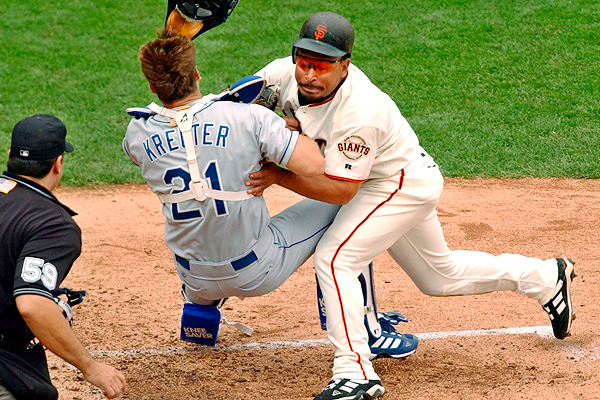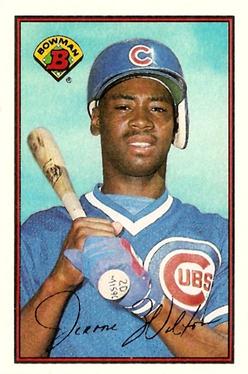Chris Sabo: When you're talking about players from the '80s who played with a windshield, the conversation probably starts with the guy would probably should have been the MVP of the 1990 World Series. He batted .563 and posted an OPS of 1.611 for the Series, no doubt reaping the benefits of the flawless eyesight.
We all love Spuds.
Tom Henke: I've
expressed my admiration for this underrated juggernaut relief pitcher before, but I'll say it again. Henke was one of the best relievers in the game during an era when relief pitching was still evolving. He was also one of the nerdiest-looking guys ever to grace the mound.
John Franco: He didn't always wear the specs, but he did in this photo, which was apparently snapped during Franco's 26th year of Little League, judging by the chain-link fencing and the park in the background. Nothing scarier than a closer that you believe can't see things very well.
Darrell Porter: Yes, that face windshield is real. And yes, that nose is too. This Oklahoman was a four-time All Star who enjoyed a decent 17-year career with stops in Milwaukee, Kansas City, St. Louis, and Texas, making him somewhat of a Midwestern lifer. He never led the league an anything except for--you guessed it--walks. He used his microscopic analysis of the strike zone to rack up 121 free passes in 1979.
Mike Davis: If you're down one run in the ninth inning of Game 1 of the World Series and your MVP slugger is going to hit a legendary walk-off home run, somebody has got to get on base in front of him to make it happen. Davis used his excellently augmented eyesight to earn a walk against Dennis Eckersley that night in 1988, and Kirk Gibson did the rest.
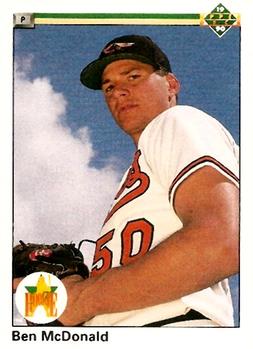

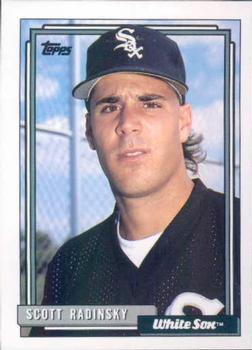



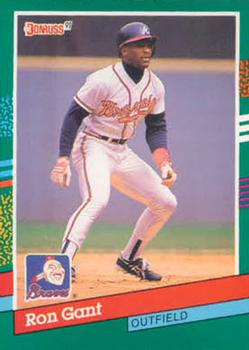 VS
VS 

 VS
VS 